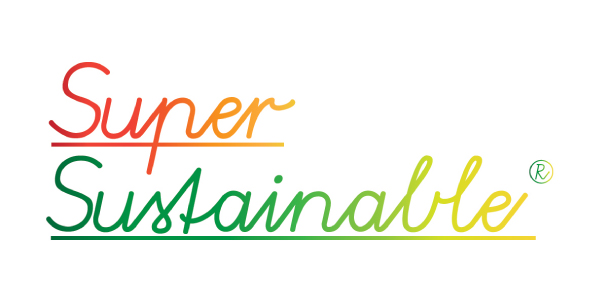 Duisburg-Nord Landscape Park, part of Emscher Park
Duisburg-Nord Landscape Park, part of Emscher ParkHaving gone through one big economical transition when the shipbuilding industry closed down Gothenburg might face even bigger challenges in the near future, being the automobile capital of Sweden. Therefore we think that a cyber-study-tour to Germany is in place.
There are a lot of these empty plots which can be found inside city structures untouched for decades as remediation is often connected to high costs and economical risks. Polluted soil has to be cleaned or exchanged, old factories and industrial structures need to be pulled down to prepare the land for new usages. But these areas are not just polluted waste land. Because of their importance in history they are mostly located to major traffic routes like motorways or bigger rivers and in proximity to urban areas. This means that redevelopment of brownfields is not only a challenging task but bears a lot of potential to rise the city's quality.
The question is how to accomplish the remediation in the best manner? Many strategies are possible while new technologies like bioremediation allow more sustainable tactics. Instead of exchanging whole layers of polluted soil the application of natural occurring microbes might be a resource friendly alternative. But even growing crops might be considered. Plants like soybean, corn, canola or switchgras are able to clean up the soil. Besides they could be used for the production of biodiesel or ethanol fuel giving investors a economical refund possibly increasing the attraction to redevelop brownfields.
Another question is whether the traces of history should be totally removed. It might be reasonable to leave some landmarks referring to the region's history. This has been done in Emscher Park situated in industrial stamped Ruhrvalley in Germany. Old buildings with a heritage value were reconstructed to serve functions like business, housing or culture. But even just parts of old structures were used in a creative manner for recreation and sport to strengthen the identification of the region's population with the newly designed places.
 remaining walls of an former ore bunker adapted for rock climbing, Duisburg-Nord Landscape Park, part of Emscher Park
remaining walls of an former ore bunker adapted for rock climbing, Duisburg-Nord Landscape Park, part of Emscher ParkSo the clean up of brownfields doesn't necessarily mean the elimination of everything found on the plots. There are good examples in Gothenburg too, like the old shipyard buildings along the riverside, now used for conferences, hotels and offices, or the old mill “Röda Sten” used as an exhibition place and cultural meeting point.
LINKS:
Duisburg-Nord Landscape Park
Brownfields and Land Revitalization
[image 1: http://www.latzundpartner.de/projects/detail/17]
[image 2: http://www.landliving.com/articles/0000000618.aspx]

No comments:
Post a Comment